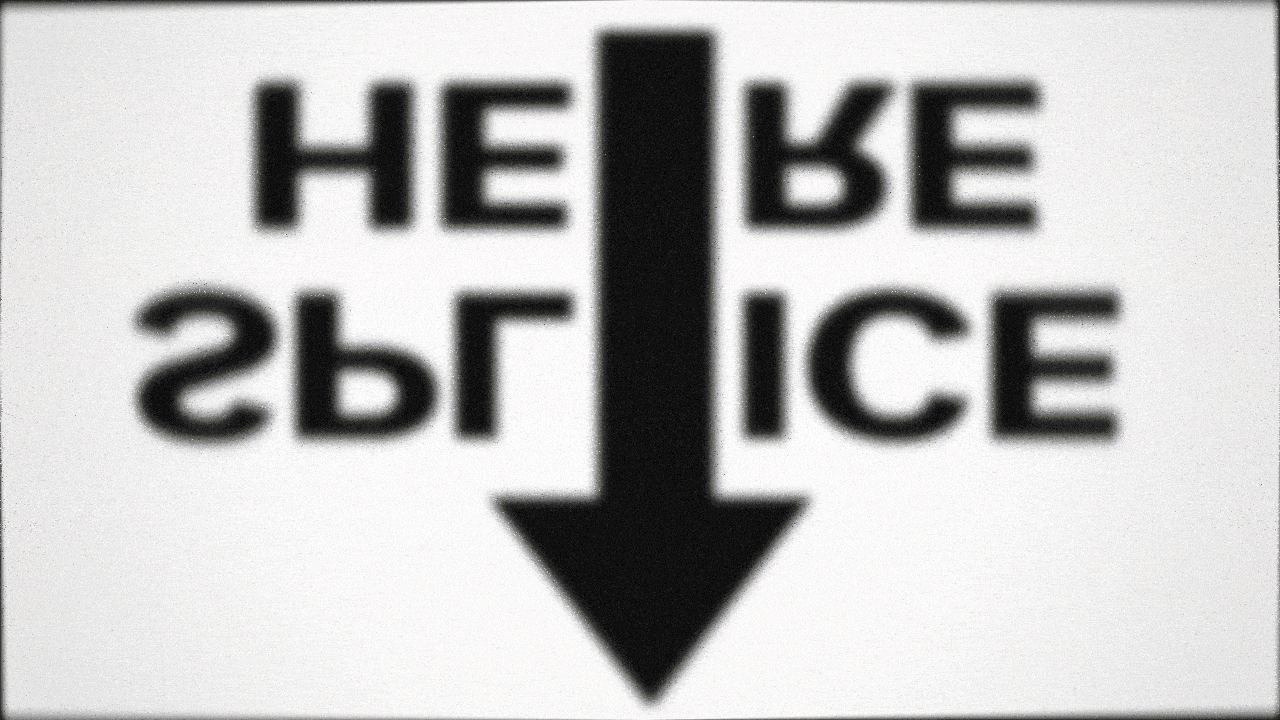
Research
Digital Preservation Timeline
The Digital Preservation Timeline (DPT) presented here provides a timeline-oriented bibliography of significant contributions in digital preservation history with a focus on technologies, restoration projects, software tools, companies and individuals. The objective was to collect information on technological history, along with evolving opinions and theories related to digital preservation documenting the advancement of digital preservation of motion pictures.
The Academy Digital Preservation Forum’s curators firmly believe that while the timeline highlights a few of the key moments in digital preservation, it is by no means complete, and encourages visitors to the site to suggest additional entries in the timeline. To this end, the DPT presented here is driven by an easily updatable spreadsheet, and we encourage new entries, in the form of “source, date, author, a link, notes.”


We would love to hear from the preservation community. What other digital preservation milestones belong on this timeline?
It would be cool to add more information about when some digital preservation/restoration tools became available like the FDL example. For example, when did the first 4K scanner become available? When did cloud storage become a viable solution? This is a great idea, thank you!
I have no idea how to add to (or correct) the timeline, so I’ll note as commentary and leave to staff to correct. I’m happy to link to articles and tests if requested.
The 1996 entry re: Vertigo is incorrect. While there were digital tracks, the entire image restoration was analogue, as the digital infrastructure was not in place. Jim Katz and I worked briefly with a company that tried to sell us a miracle product, which failed to do anything but throw the image out of focus. On Vertigo, we were dealing with faded OCN, and heavily shrunken 35/8 masters.
We began experimenting with what I’ve dubbed Alien Layer Technology in 1999-2000, after a discussion with Phil Feiner, then of PacTitle. The initial experiment was to correct a problem with a single 1000’ unit of Rear Window OCN that had been damaged during the removal of lacquer aeons ago. The team at PT was able to create an IP without the Y layer, and optically implant the Y master in its place. The results were decent.
That concept was first brought into the digital world, beginning with experiments c. 2003 with a VVLA production produced by Paramount in 1956 - Williamsburg: The Story of a Patriot.
For that restoration, I selected CineSite (LA) and proceeded to send in film elements - the extant portions of the OCN, as well as the masters - for testing. Those tests initially failed to properly remove the remains of the Y dye layer, and implant the master record in its place.
After weeks of continued testing, with Jerry Pooler as colorist, the concept was confirmed and proven to function. All work was scanned in 2k, with all Alien Layer and master recombines harvested from Vista elements, and finally recorded back to Vista IP in color corrected form in 2k.
The newly struck IP sections were optically blown up to 65mm dupe neg at PacTitle, and a few sequences were presented to Colonial Williamsburg Productions staff in 70mm at The Egyptian.
Once approved, the restoration was finalized, and the film re-premiered at the Visitors Center in 2004.
2004 also marked the first 4k restorations, with Grover Crisp doing Strangelove at Cineric in NY.
I believe we were the first at MPI in LA working with Marty Cohen’s group at Paramount on The Godfather(s).
Robert Harris, The Film Preserve.
Thank you for your notes! We will go through these and update the timeline accordingly.
The Academy maintains documents that could assist or contribute to this noble undertaking …
Although some details in them are only technically available to members, and official film scholars …
As the then chair of the Academy’s SciTech Council’s Tech History committee …
A decade ago, I oversaw the digitization of every Academy’s Science and Technical Awards Submission going back to the 1940s …
This includes everything that was recorded as having been submitted for consideration, as well as those submissions that went on to received Academy Science and Technical Awards …
These then include various submissions that could be considered relevant to this topic …
Our Herrick Library now archives this collection …
However some of these are held behind a “not available to the general public” firewall …
As one of the agreements with the submitting parties, requested confidential information for our detailed investigations …
And when relevant, some of it had been considered and respected as privilege information …
And thus not for general public disclosure …
However it’s been archived for future studies such as this one …
And thus within the guidelines, they are available for Academy undertakings such as this one …
Hopefully this is useful …
Regards, Peter Anderson
PS: If this message is a duplicate, my apologies as I’ve already attempted with complications to submit this earlier …